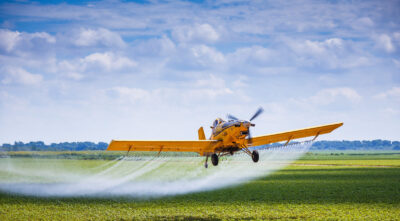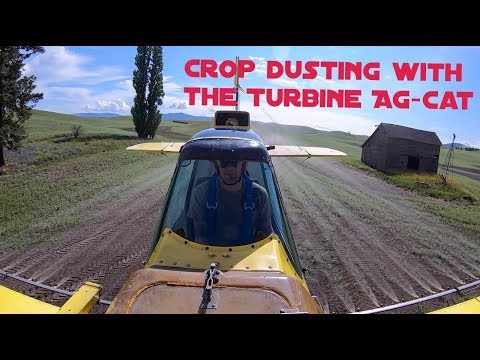How Much Money Do Crop Duster Pilots Make A Year
3 November 2022 | Updated on February 05, 2024
Crop dusting pilots don’t seem to get much respect these days. They do not fly to exotic destinations like commercial airline pilots, nor do they experience the rush of pure adrenaline described by military pilots when pushing their aircraft toward the speed of sound. Heck, they even lack the rugged, swashbuckling image generally associated with bush pilots.
But being a crop dusting pilot is one of the most rewarding aviation careers available for individuals who enjoy the pleasures of flying. A crop duster pilot (also called Agricultural or Ag pilot) sprays crop protection products over farmland from a specially modified agricultural aircraft. It is a cost-effective but dull and monotonous job involving days of flying accurate grid patterns spreading spraying fertilizer, pesticide, fungicides, or even water over crops.
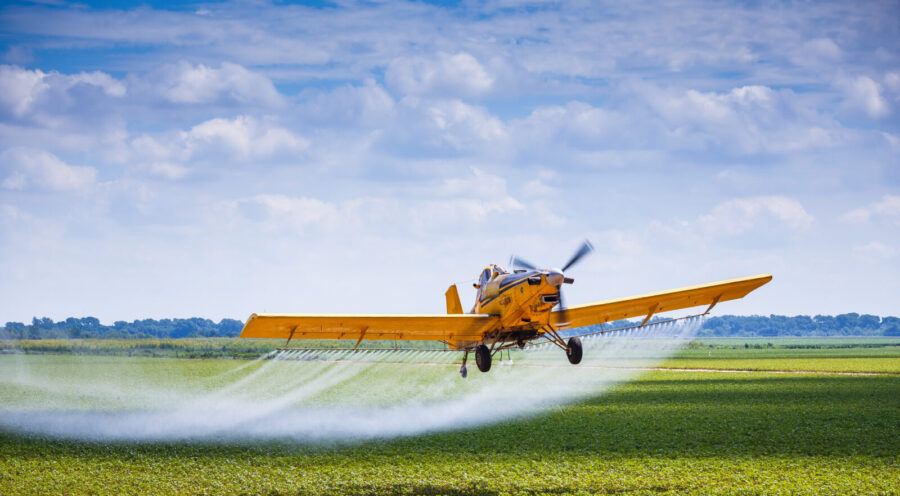

Important Disclaimer: The information and data provided here are for informational purposes only, and are subject to change over time. We strive to provide the most current and relevant information, but the dynamic nature of the topics discussed may result in changes that are not immediately reflected in our content. We recommend our readers to conduct their own research and consult with professionals when making significant decisions based on the data or information provided here. Your reliance on the information in this post is solely at your own risk.
But thanks to their services, farmers worldwide can grow their crops efficiently without fear of losing them to pests or diseases. When driving through a rural town or farmlands during crop season, chances are high that you will see a crop duster pilot. According to https://www.agaviation.org/, crop duster pilots spray over one hundred and twenty-seven million acres of cropland in the United States annually. Crop dusting is a potentially dangerous job because the pilots fly at low altitudes for several hours, and a lapse in concentration or sudden mechanical issues with the aircraft may result in disastrous consequences.
Making crop dusting a career choice can be rewarding as the demand for crop dusting pilots keeps growing yearly. The salaries of crop dusting pilots are highly competitive, and it is the focus of our article.
Keep reading to find out more on how much money crop duster pilots make and the factors determining their pay!
How much do crop dusters make?
It might be a good idea to find out how much you can earn as a crop duster before considering a career in the field.
According to data from the Bureau of Labor and Statistics, the national average salary for a crop duster pilot is $84,510 per annum. This figure compares favorably with the average salary of other pilots in different specializations within the aviation industry.
| Low | Average | High |
|---|---|---|
| $53,330 | $84,510 | $147,890 |
National Annual Salary
The Bureau of Labor figures indicate a low figure of $53,330 per annum in specific locations across the country. And crop duster pilots can make up to $147,890 depending on several factors
Factors affecting how much crop dusters make
1. Qualifications/Training
Your qualifications and training can earn you between $20,000 and $40,000 more. Obtaining a commercial rating, tail dragger aircraft endorsement, and agricultural aviation training (aerial application and safe pesticide dispersal) in addition to your private pilot license will advance your earnings.
2. Experience
Crop duster pilots with more experience typically earn higher salaries, as is the case with pilots in other aviation specializations. Also, ag pilots who work as shop aircraft mechanics or have significant experience mixing agricultural chemicals earn higher salaries than crop duster pilots without such skills.
3. Location
Your salary as a crop duster depends on the area you live in and where you work. Demand for crop dusting is higher in agricultural states with large farmlands than in states with minimal agrarian activity.
4. Demand
Demand for crop duster pilots is at an all-time high, pushing the salaries of pilots up, according to the Federal Aviation Authority (FAA). Data between 2003 and 2007 shows a twenty-nine percent growth in the number of hours flown by crop dusters within the United States. Indeed, there is no better time to register for that crop dusting pilot program.
5. Type of contract
Crop duster pilots working as independent contractors earn higher salaries than fixed-contract pilots because they can shop around for better contracts. They also enjoy the benefits of the flexibility that comes with being an independent contractor by taking on additional piloting tasks like flying water-dropping aircraft during bushfires.
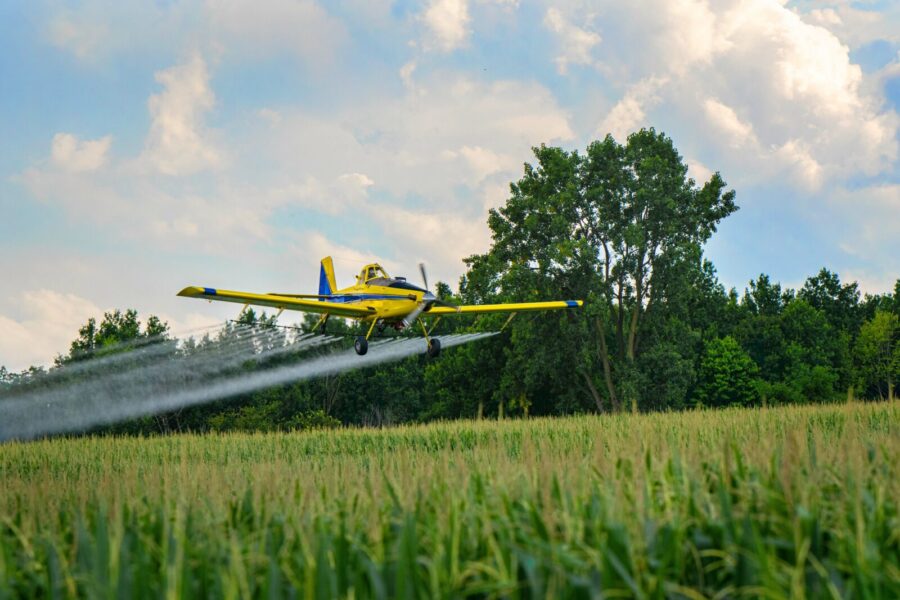

How much money do crop duster pilots make per hour?
A professional crop dusting pilot in the United States can earn between $45 to $100 per hour, depending on his skills, experience, and year’s season. According to www.Ziprecruiter.com, the average crop duster pilot earns $34.23 per hour to earn around $71,203 per annum.
How do I become a crop duster pilot?
Your path to a crop dusting career depends on your location and your industry knowledge. However, having a pilot license is essential. Most agricultural pilots work as loaders or in ground support roles mixing chemicals and airplane fuelling while working on their commercial pilot and agricultural license until the right opportunity opens.
Individuals with a private pilot’s license have an advantage because they already have flying skills. However, crop dusting is an aviation specialization involving exact flying skills. For example, crop duster pilots must perform hours-long low-altitude flights flying million-dollar agricultural planes over different terrain while maintaining the ideal altitude and course required for optimum chemical dispersal.
Below is a list of what you need to do before becoming a crop duster pilot:
- Acquire a private pilot license from the FAA by undergoing pilot training and certification from a flight school. It also requires a minimum of 250 flight hours which you can easily log during training.
- The next step is obtaining a commercial pilot license allowing you to accept payment for flight services. You need to have logged 1,500 flight hours before being eligible to apply for a commercial flight license.
- A medical certificate is a prerequisite for obtaining your commercial pilot license. There are various medical certificate types for different commercial pilot license categories. You must be fit and in good health to obtain your medical certificate.
- Crop duster pilots require an agricultural pilot license before commencing duty. You must apply to your state or country authority in charge and pass a written exam on crop farming technology, handling of agricultural chemicals, entomology, and crop dusting procedures.
- Some companies have mentorship or apprenticeship programs for new pilots requiring them to partner with more experienced pilots after completing their training and certification.
- Finally, you need to get insured as an agricultural pilot before starting work as a crop duster pilot.
How much does it cost to train as a cost duster pilot?
Agricultural pilots’ training costs are expensive, but the upside is that demand for their skills is at its highest in years. Average training costs for a private pilot certificate, instrument rating, and commercial pilot certificate with ag training range from $50,000 to $70,000, according to AOPA. However, it is an investment that pays off several times over if the current job market conditions prevail.
Duties of a crop duster pilot?
Crop duster pilots perform specific roles outlined in their contracts beyond simply spraying crops and fields with chemicals from low-flying flying agricultural aircraft. www.GeneralAviationNews.com estimates that crop dusters spend only twenty percent of their time spraying crops and the remainder on other job-related tasks. Some extra tasks you will perform as a crop duster may influence your remuneration.
Below are a few of the duties of a crop duster pilot:
- Spraying farmlands and fields with agricultural chemicals from a low-flying specialized aircraft.
- Planting seeds via aerial dispersal.
- Maintaining detailed records on operations and keeping detailed maintenance and service history of the aircraft.
- Helping to maintain and keep the aircraft in airworthy condition.
- Perform a secondary role in fighting forest fires by flying fire-fighting aircraft.
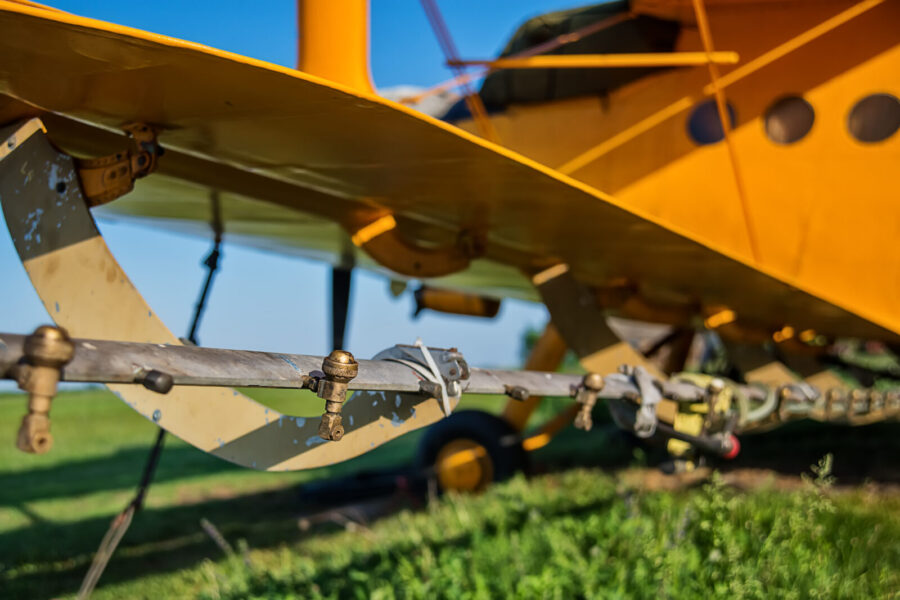

What to expect as a crop duster pilot?
A career as an aerial applicator or crop duster is unlike most aviation jobs. It is a career offering exciting adventures and challenges that make a living as a crop dusting pilot a genuinely life-changing experience.
Here are the things to expect:
- Lifestyle – your life will revolve around your work and related activities. So, you must be passionate about being a crop duster pilot, or you may burn out. You will spend hours charting routes providing optimum dispersal at the least cost. And spend a significant amount of time flying those routes. However, it is the sort of job for people who love the solitude of solo flying and spending time in the air.
- Work schedule and hours – you should be prepared for world twelve-hour work days during the height of the farm season. Crop duster pilots may spend only a couple of hours in the air each day, but the hours of planning and preparation may begin before dawn. Typically, pilots spray early in the morning before the heat evaporates chemicals on the crops.
- Job growth – your career growth is at par with most aviation industries, with periodic salary increments. However, the industry is heavily dependent on high crop prices, and career growth can suffer when crop markets crash.
- Employment – most employers are crop dusting contractors, large agribusinesses, businesses, and farm owners. There is a high degree of flexibility in how pilots perform their tasks, and the clients will typically stay out of your business if you demonstrate professionalism.
Is crop dusting dangerous?
Every job has its potential hazards, and so does crop dusting. Flying an aircraft with a plane load of chemicals is dangerous in itself. But operating the same aircraft at an altitude of between 10-20 feet increases the possibility of hitting buildings, trees, powerlines, and cell phone masts.
Although, intensive pilot training and GPS technology have mitigated some risks. Crop dusting is one of the most hazardous pilot jobs and is partly responsible for the high salary offered for crop dusting pilot positions.
Conclusion
The image of the grumpy and drunken ‘ole boy’ crop duster flying in a vintage airplane comes to mind when people think about crop dusters. This was probably reinforced in the public consciousness by the Russell Case character played by Randy Quaid in the movie ‘Independence Day,’ But that perception is changing as the demand for qualified crop dusters who can keep up with changes in food production science. Todays’s crop dusters are a different breed. They are highly trained, educated, and capable of performing their duties as efficiently as any pilot in aviation. And yes, they are also well-paid too.





















